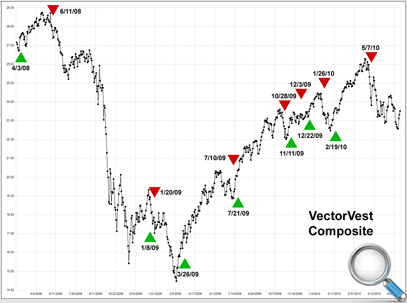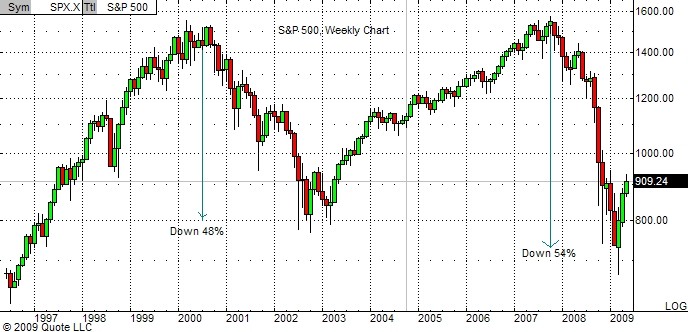BuyandHold Versus Market Timing
Post on: 21 Апрель, 2015 No Comment

October 2013 By Martin Weisberg
Some people recommend a buy-and-hold investment strategy, while others recommend buying and selling investments in an attempt to avoid losses and capture gains. In the midst of this constant debate, what is an investor to do?
Recently Hussman Funds manager, John Hussman, predicted what he described as a “near 100% chance of another recession” and suggested that investors would be prudent to sell risky assets sooner than later to beat the rush.
Billionaire Mark Cuban, owner of the NBA’s Dallas Mavericks, put it more bluntly in an interview in the Wall Street Journal when he said, “Buy-and-hold is a crock of ____.” (You can fill in the blank.)
On the other hand, John Bogle, known as the father of index funds, told the Journal that investors, collectively, are inherently buy-and-hold creatures. Mr. Bogle recommends buying and holding a balanced portfolio of stocks and bonds.
On and on the debate goes. So how can a prudent investor have a successful investment experience?
Let me suggest a strategy that you may want to review with your investment advisor. If we were to look at the volatile 20-year period from 1930 through 1949, buying and holding a 60% stock and a 40% bond portfolio produced averaged returns of 6.3% per year.

But what happened if you were to rebalance the 60% stock and 40% bond portfolio each quarter during that 20 year period? Rebalancing the portfolio would have improved the portfolio’s averaged return to 8.7% annually.
That’s an increase of 38% over a buy-and-hold strategy. Notice that you are not trying to time the market, but instead, you are simply rebalancing your 60/40 portfolio each quarter to keep the portfolio balanced at 60% stocks and 40% bonds.
Maybe a successful investment experience can be found somewhere in between a buy-and-hold strategy and a market-timing strategy. I suggest that staying fully invested in a balanced portfolio with regular portfolio rebalancing can provide competitive long-term investment returns without the dangers inherent in both buy-and-hold and with market-timing strategies.
Talk to your investment advisor to learn if this is a technique that can help you have a successful experience with your long-term investment portfolio.
For more insight, listen to Jentner Wealth Management’s weekly podcast by clicking here . Or download Jentner’s newest white papers on The Four Cornerstones of Prudent Investing and The Active Versus Passive Investing Debate .














